
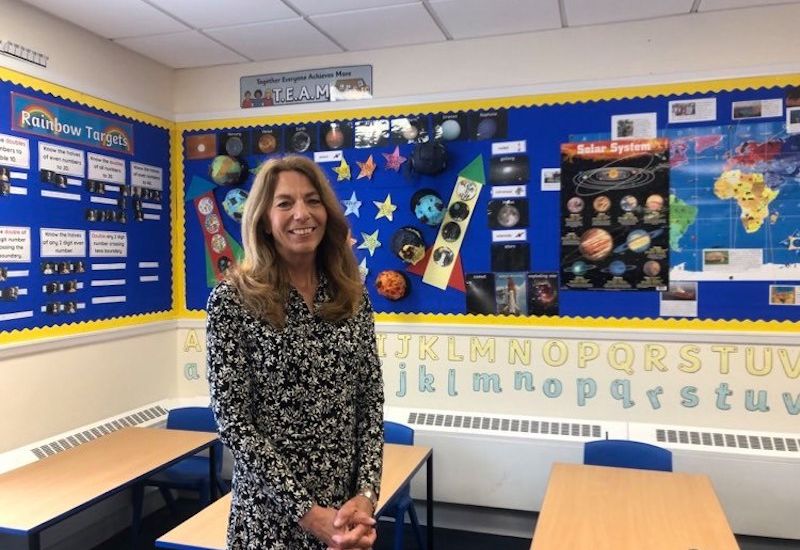
After eleven weeks, States run primary and secondary schools across the island are preparing for the return of thousands of students - although the school day will look very different to usual...
All local schools have had to make major adjustments to adhere with Public Health guidelines, with specific plans in place to ensure students and staff can social distance and limit contact with one another.
But that means pupils of all ages will have a slightly different school experience to what they are used to.
"There has been and is still a lot of hard work going on," said Headteacher of the Grammar School & Sixth Form Centre, Kieran James. "It’s a little bit like the start of the year but with extra provision, because the situation means we’ve got to reevaluate every single thing that we do and that’s been going on for several weeks now.
"We’re reconfiguring classrooms, making sure all the equipment is ready to go and that staff understand exactly what they need to do and the parameters they’re working in."
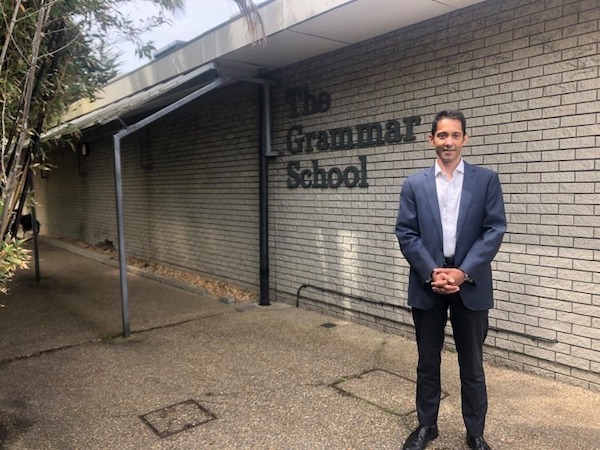
Pictured: Kieran James at the Grammar School.
Secondary school students will be required to stick to their year group 'bubble', with specific areas zoned off for each group to learn and socialise in.
"The Year 10 and Year 12 students, who are already on their GCSE and Sixth Form courses, are the most challenging to plan for because they aren’t in the same class group all the time," Mr James explained.
"For example, Year 10 students will have most of their lessons in a zone but they will mix between classes within their year group because their year group only has around 80 students in it - that’s a much smaller 'bubble' than having the whole school mixing.
"They will have some practical lessons, such as science, design technology and art in specialist rooms, but they’ll walk single file on the left hand side of the corridor. The corridors are more than two metres wide so it’s possible to facilitate that around the building.
"There will be very, very little interaction between year groups and students."
Each group will given a designated outside space as well as an indoor social area. They're asked to bring a packed lunch but, where that isn't possible, the canteen will deliver pre-ordered cold lunches to the specific zones.
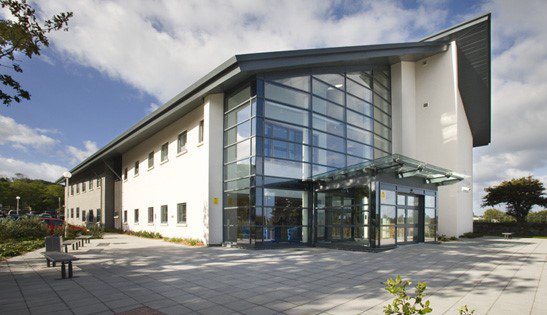
Pictured: Students at the Sixth Form Centre can also return to school.
No assemblies or whole school gatherings will be allowed but students will have an extended tutor time on Monday mornings to discuss the changes and raise any concerns.
"I have every faith in Dr Brink," added Mr James. "If she thinks the schools are safe to go back, then the schools are safe to go back."
Meanwhile, primary schools will also be facing new challenges as children adapt to being back in a formal school environment, with extra restrictions.
"We’ve bent over backwards to be as ready as possible," said Headteacher of St Martin's Primary, Cate Mason. "The staff have been incredible preparing the rooms, making sure there’s appropriate social distancing, making sure we’re really clear about how we’re going to stagger staff and change break times and lunch times to spread the children out as much as possible.
"We’ve got really good protocol in place for things like hand washing and cleaning routines, as well as key messages to children like 'catch it, bin it, kill it'.
"I’m really excited about them coming back because it’s been such a long time since we’ve seen them!"
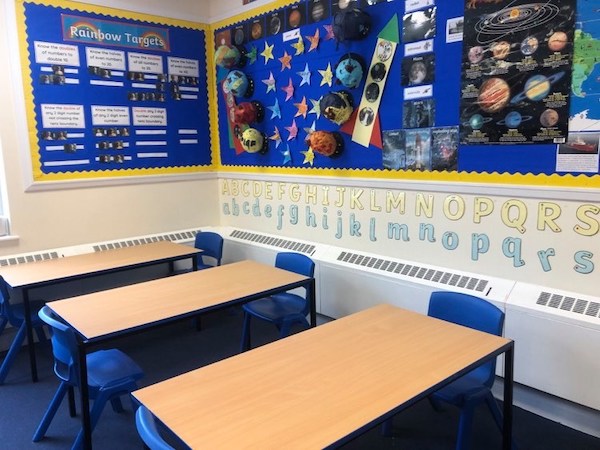
Pictured: Desks have been spread out so the children can social distance.
Primary teaching staff have been working hard to come up with inventive ideas of helping the children understand the situation and what's required of them, without causing them extra worry or stress.
"We’ve prepared a social story, which describes to the children what’s going to be happening and why, so the parents can share that with their child before they arrive," continued Ms Mason. "We’ve sent photographs so they can see what their classroom will look like and what their playground will look like, with markings where people can stand.
"The most important thing is that we’re really positive with the messages we give. It’s not a telling off, it’s just ‘remember to keep your social distance’.
"When they get to school we’re going to offer lots of opportunities to reflect back on what lockdown’s been like, what’s been good, what’s been tricky, what they’re looking forward to about school, what they’re worried about. We’re really bringing mental health and wellbeing to the front of what we’re doing."
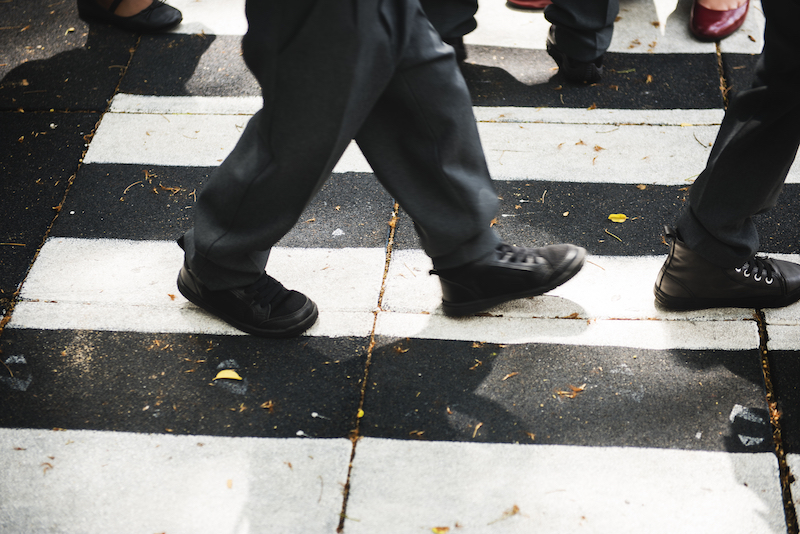
Pictured: Children are being encouraged to walk to school to reduce the number of cars.
Primary school students will operate in classroom 'bubbles' wherever possible, with some schools introducing different arrival times, separate pathways through the playground and different entrances for each group.
"We won’t manage it all the time and social distancing is part of a raft of measures," Ms Mason explained. "The other things are regular cleaning of the tables and door handles and light switches, then of course getting the children to wash their hands regularly and washing down equipment after use.
"If you think about that as a suite of measures then I feel confident we’re doing everything we can to reduce the risk."
States schools will open their doors to all students from tomorrow.
Pictured top: Cate Mason in St Martin's Primary School.
Comments
Comments on this story express the views of the commentator only, not Bailiwick Publishing. We are unable to guarantee the accuracy of any of those comments.